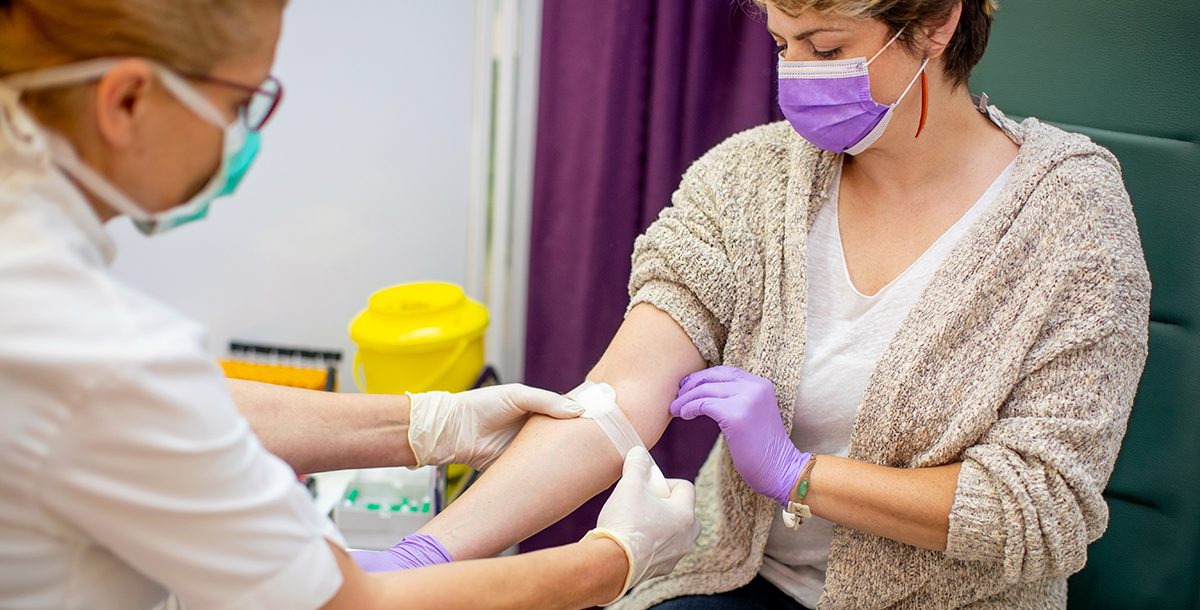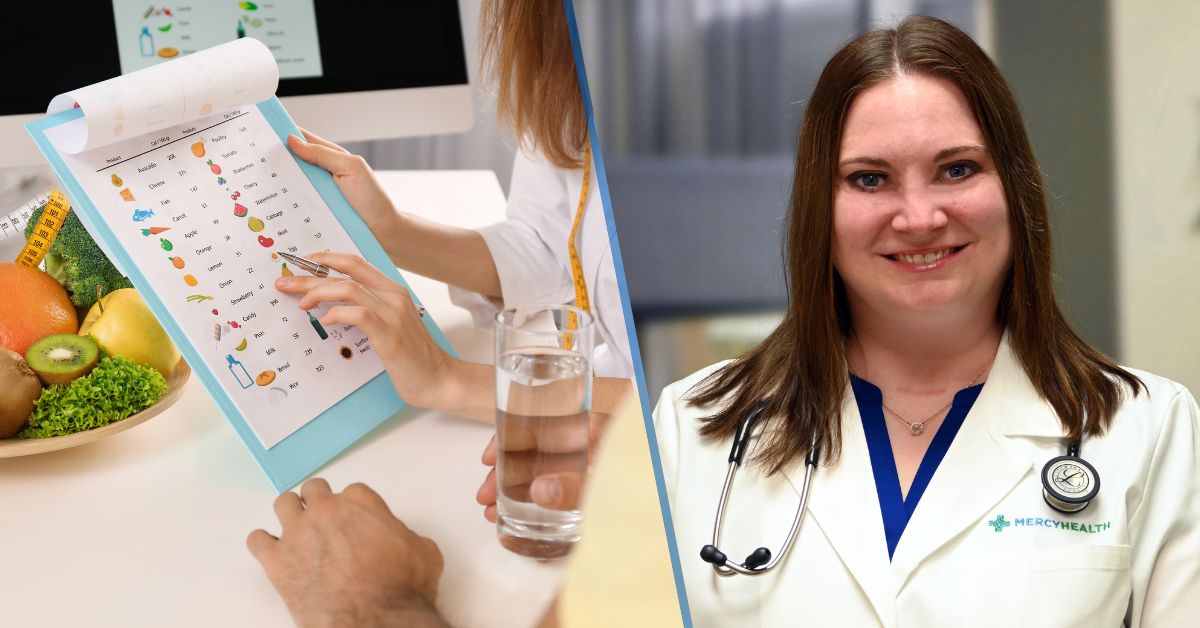There is currently a critical need for blood donations as the American Red Cross faces its worst blood shortage in over a decade.
If you have ever donated blood, you may wonder what happens to blood after donation. You might have a general idea that it helps other people. But how?
Let’s take a look at how the blood gets from you to other people in need and who exactly it might help when it gets there.
Donating blood
Donating blood is the first step in the donation process. If you have previously donated blood, you may already be familiar with it.
First, you’ll be asked several questions about your health history, recent travel and any medications that you’re currently taking. Next, they’ll take your blood pressure, pulse and temperature. They’ll also make sure you aren’t anemic by measuring your hemoglobin levels.
Finally, they collect the blood. They’ll collect about a pint. You’ll be able to relax with a snack and beverage for 10-15 minutes before returning to your day.
Once the process is finished, they label your donation with a bar code and put the pint of blood on ice while it’s transferred to a processing center.
Processing and testing blood
At the processing center, your blood is placed into a centrifuge. This allows medical professionals to separate the red blood cells, plasma and platelets as many people may only need to have certain parts of the blood transfused.
Once it’s all separated, each component undergoes even more processing. For example, white blood cells are removed from platelets and red blood cells. Otherwise, the person who receives the transfusion could have a bad reaction.
Then, all of your donation information is entered into a computer database, and the final blood products are packaged. In the meantime, a sample of your blood is tested to establish the blood type and make sure it’s safe.
Storing and distributing blood
After your blood is processed and tested, it is labeled and goes into storage in a refrigerator, agitator or freezer:
- Plasma can be stored in a freezer for up to a year.
- Platelets are good at room temperature in agitators for up to five days.
- Red blood cells can be kept in a refrigerator for 42 days.
Some blood is typically stored at hospitals for emergencies. But it is available for 24/7-delivery from the organizations, like blood banks, that store it.
Transfusing blood
Blood transfusions typically happen in hospitals or treatment centers. When a person needs one, their doctor will find out their blood type so the person receives the right kind of blood.
There are many reasons why a person may need a blood transfusion. A patient in the hospital might need a transfusion during childbirth, surgery or while being treated for a serious traumatic injury.
Cancer patients who are undergoing treatments like chemotherapy may receive regular transfusions because they can’t produce enough platelets on their own. People with certain chronic conditions, like sickle cell anemia, may also need regular transfusions.
By donating blood, you can save someone’s life. With just a single blood donation, you can save the lives of three people. Again, there is currently a critical need for blood donations as the American Red Cross faces its worst blood shortage in over a decade.
If you are able to, please consider becoming a blood donor. Visit the American Red Cross website to learn more.







2 Comments
Post a CommentMelissa Denham
I clicked on the link to "our partner facilities" to see where I could donate blood. I wanted to see if there are other local options besides Hoxworth. The link took me to a volunteer opportunities page and I can find no additional information about donating blood. Please help.Mercy Health
Hi Melissa, the correct link has been added for our partner facilities. Sorry for the confusion!